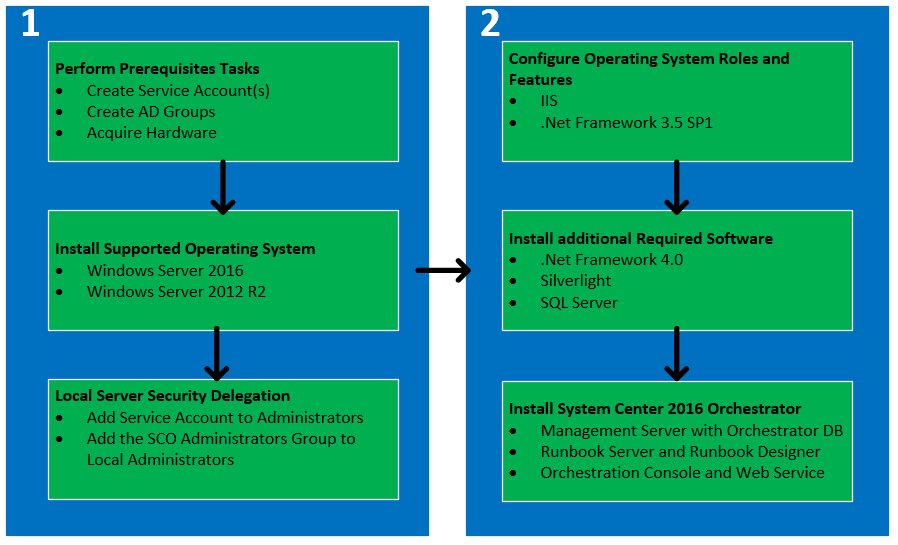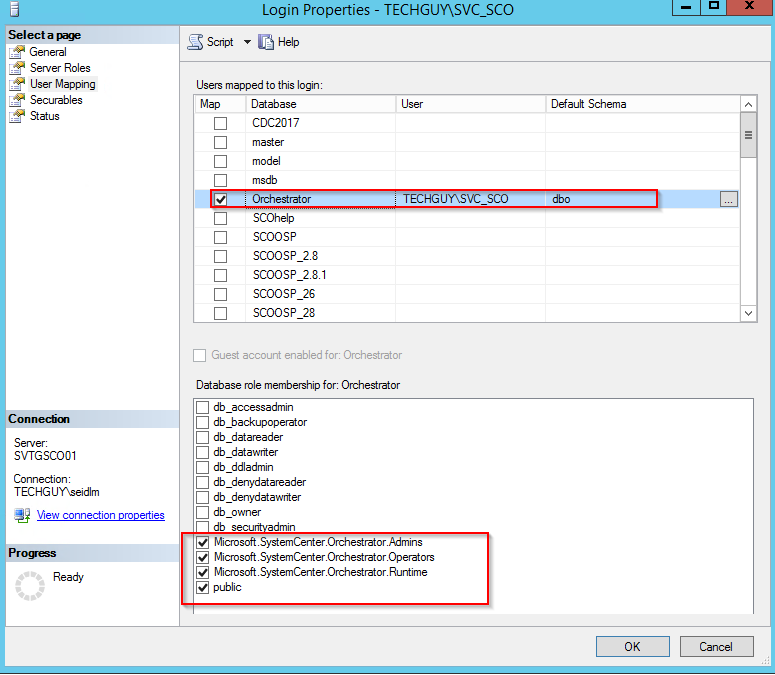This recipe provides the steps required to install all the SCO roles on a single server. The single server deployment is appropriate for test and development environments. This deployment type will assist you with evaluation of the product, initial Runbook creation, and validation prior to deploying in your production environment. Though supported in production, you must plan to implement the multiserver deployment to provide flexibility and availability.
-
Book Overview & Buying

-
Table Of Contents

Microsoft System Center 2016 Orchestrator Cookbook - Second Edition
By :

Microsoft System Center 2016 Orchestrator Cookbook
By:
Overview of this book
 Free Chapter
Free Chapter



